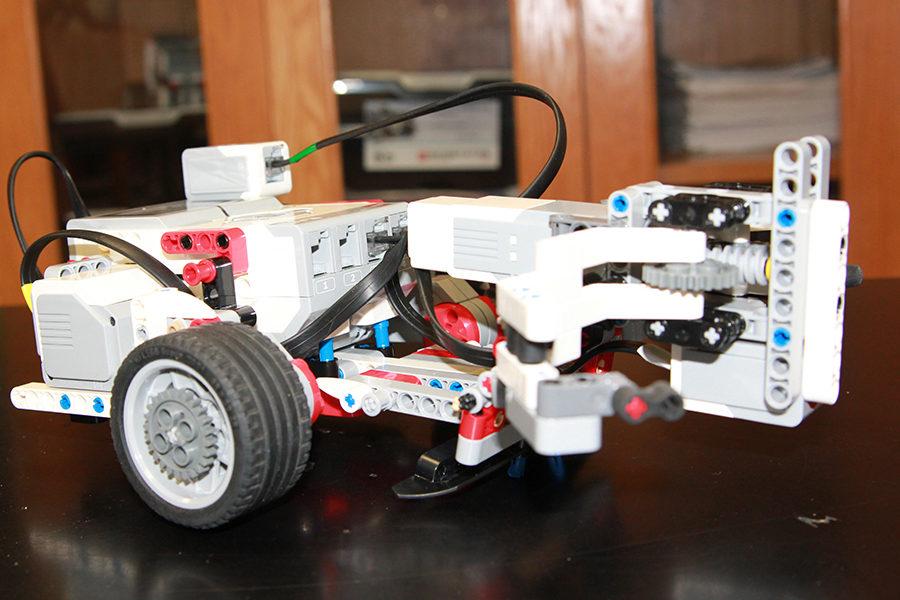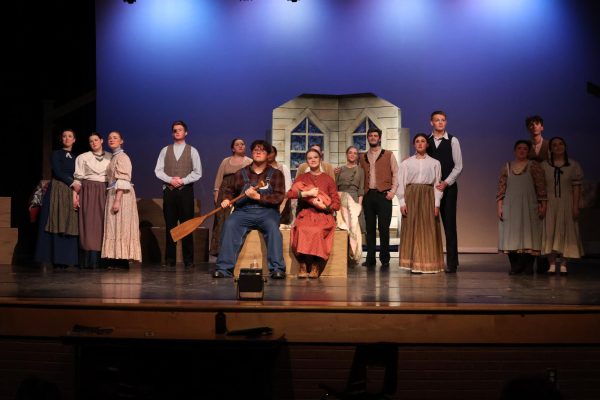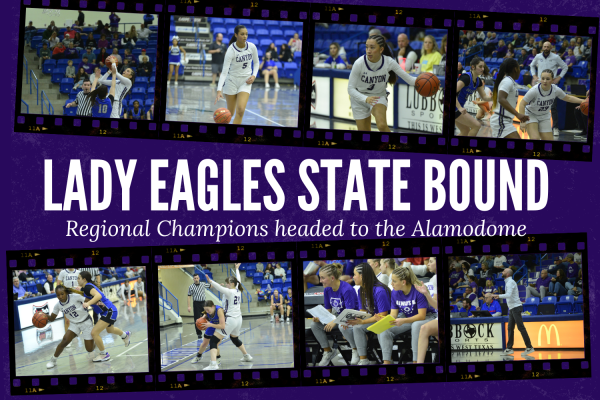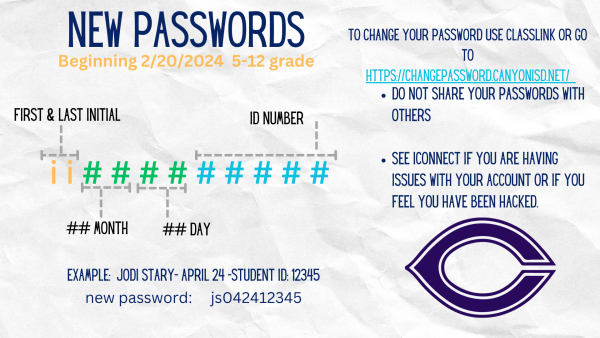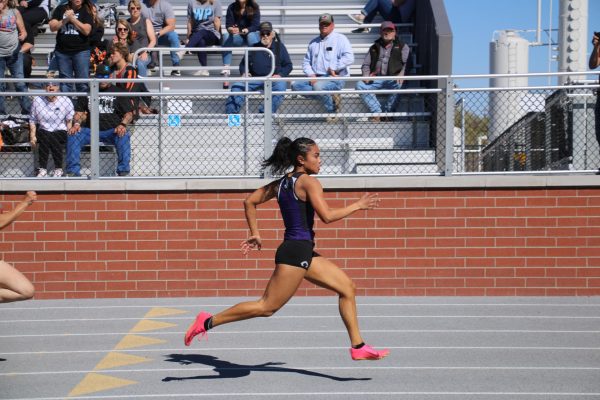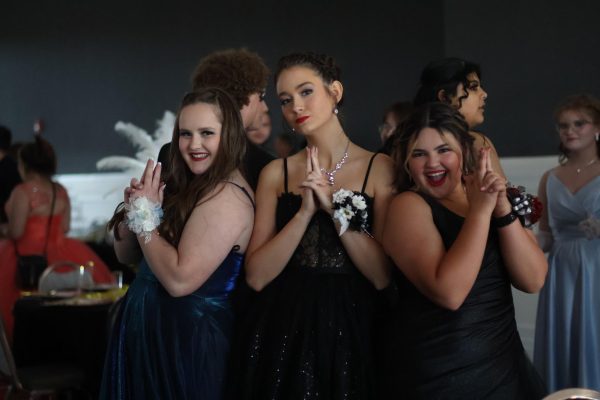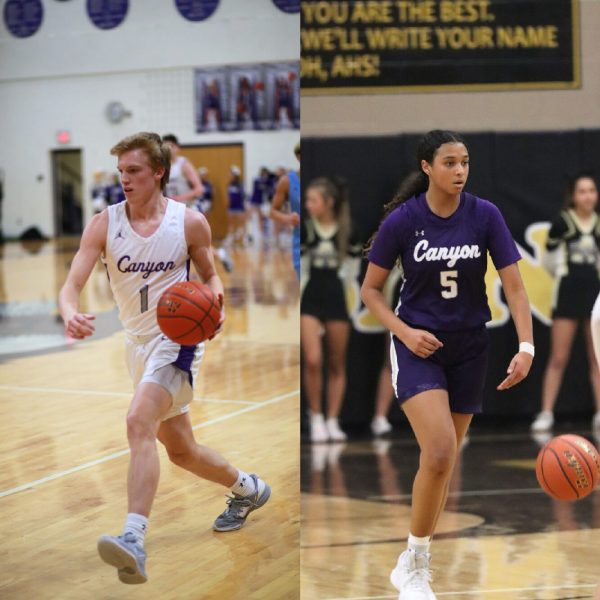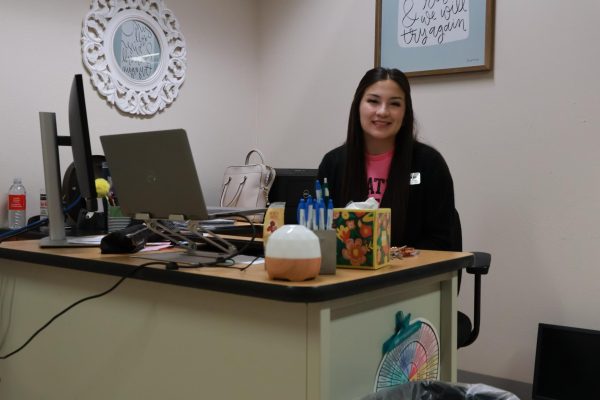Robotics team places third at area
The competition robot Code Three placed third at the TCEA Area competition.
The robotics team placed third at the TCEA Robotics Area competition Saturday, Jan. 21, making the team alternate to the All-State competition.
The team, coached by physics teacher Chris Roberts, is composed of freshmen Isaac Kendrick, Keaton Goss, Brett Ramirez and sophomore Caden Zotter. The team had to design, build and program a robot to preform certain tasks in a stimulated natural disaster scenario.
“My team was a bunch of freshmen, so it was a very rewarding experience,” Roberts said. “We went into it not expecting great results. We were all learning programming and how to use the different sensors and things like that. When we came away third, we were ecstatic.”
Each task the robot had to perform involved moving a color-coded pvc pipe, with different colors indicating different materials.
“There were basically three different tasks that we could accomplish,” Roberts said. “One of those was moving people from place to place. That was one of the harder tasks, and we were one of the only teams that focused on that.”
The scenario robots compete in changes from year to year.
When we came away third, we were ecstatic.
— Chris Roberts
“They’re going to change our task we have to do for next year,” Kendrick said. “We’re going to have to redesign our robot for the next task.”
The team built the robot’s claw, but used Lego robotics to build the body of the robot and program its actions, which posed some challenges.
“It was just new,” Goss said. “You would think it would be like ‘move this many inches,’ but it’s not. It’s like how many degrees you want the engine to slightly rotate, so you have to do all the math.”
Both Goss and Keaton said they are optimistic about next year’s competition, and Goss said the team is already preparing for next year.
“We didn’t really know too much about it going in, and now we know more,” Goss said. “Right now we have a basic robot and we’re starting to experiment with the pieces so we might be able to use them in the future.”

Salutations, I am Jaren Tankersley. I am a senior, and I am very excited to spend my third and final year on the Eagle’s Tale staff as Co-Editor-in-Chief. I am vice president of the class of 2018, vice president of our NHS chapter and vice president...

